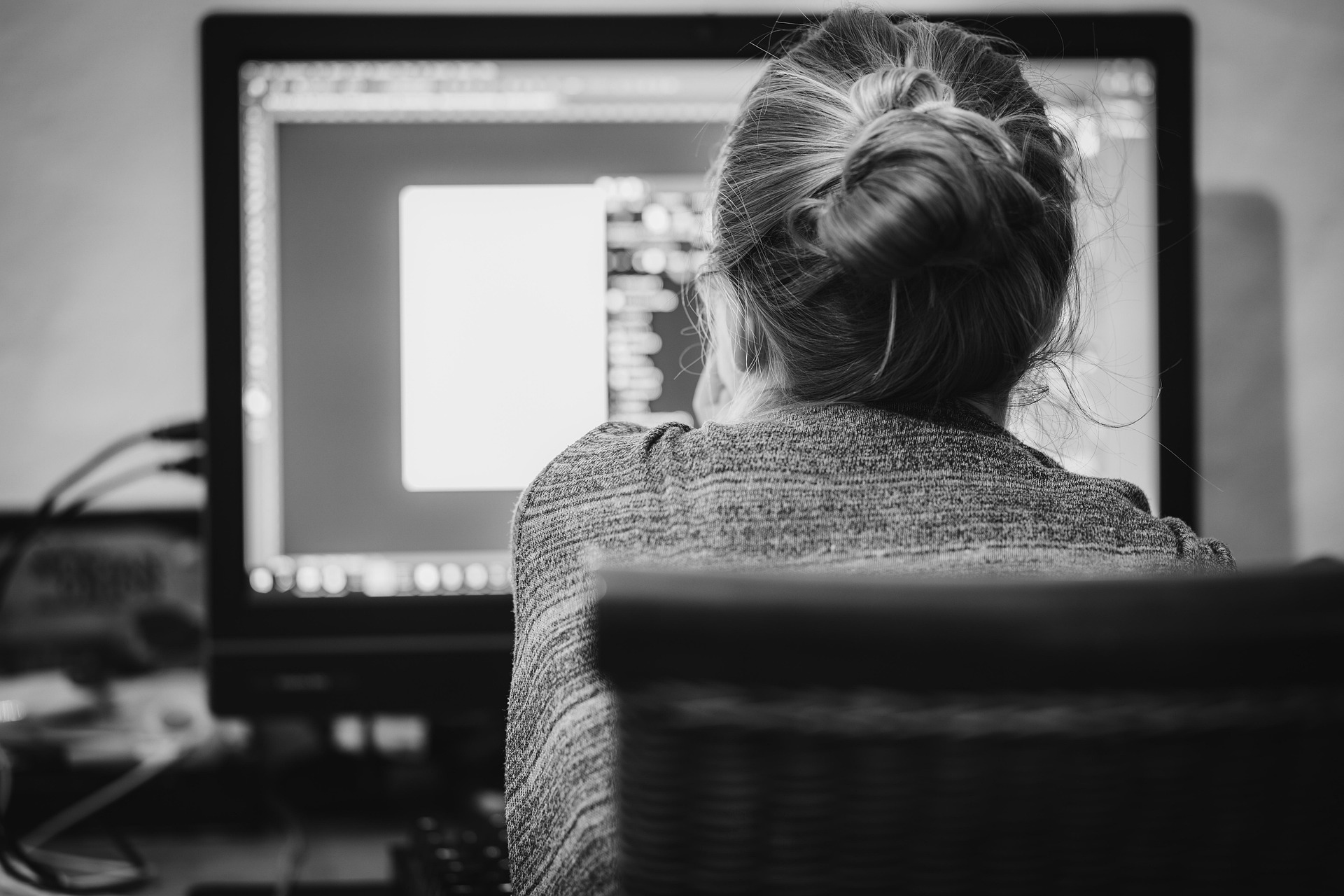The Invisible Battle: Understanding and Addressing Anxiety Disorders
Anxiety is a ubiquitous part of human life. It is a natural response to stress, fear, and uncertainty. However, when these feelings persist and become overwhelming, leading to debilitating physical and mental symptoms, they evolve into anxiety disorders. These disorders are among the most common mental illnesses globally, affecting millions of individuals across different cultures and age groups. Though they have been recognized and diagnosed for decades, understanding and addressing anxiety disorders remain a significant challenge in mental health care.
A Historical Overview: From Freud to Present Day
The understanding of anxiety disorders has come a long way. During the late 19th and early 20th century, Sigmund Freud, the father of psychoanalysis, attributed anxiety to repressed, conflict-ridden thoughts surfacing to consciousness. While Freud’s views were groundbreaking for his time, they were limited and often centered around sexual repression.
The mid-20th century saw a shift towards a biomedical model, with researchers attributing anxiety disorders to genetic and biological factors. This period also witnessed the advent of cognitive-behavioral therapy (CBT), which became a cornerstone for treating anxiety disorders.
Today, the understanding of anxiety disorders is far more comprehensive. They are recognized as complex conditions arising from a combination of genetic, environmental, and psychological factors. The treatment approach is multifaceted, involving medication, psychotherapy, lifestyle changes, and complementary therapies.
The Rising Prevalence: Modern Life and Anxiety Disorders
In the past few decades, anxiety disorders have seen a sharp rise globally. According to the World Health Organization (WHO), they affect roughly 264 million people worldwide. This surge is often attributed to the fast-paced, high-pressure nature of modern life.
The stigma surrounding mental health is another factor contributing to the rising prevalence. Many people with anxiety disorders do not seek help due to fear of judgment, resulting in untreated cases and worsening symptoms.
Moreover, the COVID-19 pandemic has intensified anxiety levels worldwide. Isolation, health fears, and economic uncertainty have led to a spike in cases of anxiety disorders, highlighting the need for accessible mental health care.
The Impact: Personal Lives and Societal Costs
Anxiety disorders can have a profound impact on individuals’ lives, affecting their work, relationships, and overall quality of life. They can also lead to other mental health conditions, such as depression and substance abuse.
From a societal perspective, the costs of anxiety disorders are enormous. They lead to decreased productivity, increased healthcare expenses, and a higher burden on social services.
The Treatment Landscape: Advances and Challenges
The treatment for anxiety disorders has evolved significantly. Medications like Selective Serotonin Reuptake Inhibitors (SSRIs) and Benzodiazepines are commonly used, along with psychotherapy methods like CBT and exposure therapy.
Mindfulness practices, such as meditation and yoga, have also shown promise in managing anxiety symptoms. Moreover, digital tools like apps and online therapy platforms are making mental health services more accessible.
Despite these advances, several challenges persist. Many people with anxiety disorders do not receive adequate treatment due to barriers like cost, lack of awareness, and stigma. Furthermore, not all treatments are effective for everyone, highlighting the need for personalized approaches.
Looking Forward: The Future of Anxiety Disorder Management
The future of anxiety disorder management lies in preventive strategies, early detection, and personalized treatments. Research is underway to understand the genetic and brain mechanisms underlying anxiety disorders, which can pave the way for targeted therapies.
Technological innovations also hold promise. AI-powered tools can potentially detect early signs of anxiety disorders, while virtual reality can be used for exposure therapy.
In conclusion, anxiety disorders pose a significant challenge to individual and societal wellbeing. However, with the right interventions and ongoing research, we can hope for a future where these invisible battles can be effectively understood and addressed.





